Late season whitetail hunting is an exciting and rewarding experience. The best time of day to hunt depends on a variety of factors, such as location, weather, and the deer’s daily habits. In general, the most successful times to hunt are at dawn and dusk when deer are most active. Hunting during the day can be productive too, as long as there is enough cover for the deer to feel safe. Always remember to obey hunting regulations and follow safety protocols.

La temporada tardía es el mejor momento del año para cazar venados blancos. Estos hermosos animales son una de las principales presas de los cazadores que buscan la satisfacción de un buen trofeo. Los trucos y tácticas de caza en esta época del año son especialmente útiles para obtener el mayor éxito con la cacería. Conociendo los hábitos de los venados blancos, los cazadores pueden aumentar sus posibilidades de éxito y obtener los mejores resultados.
Introduction
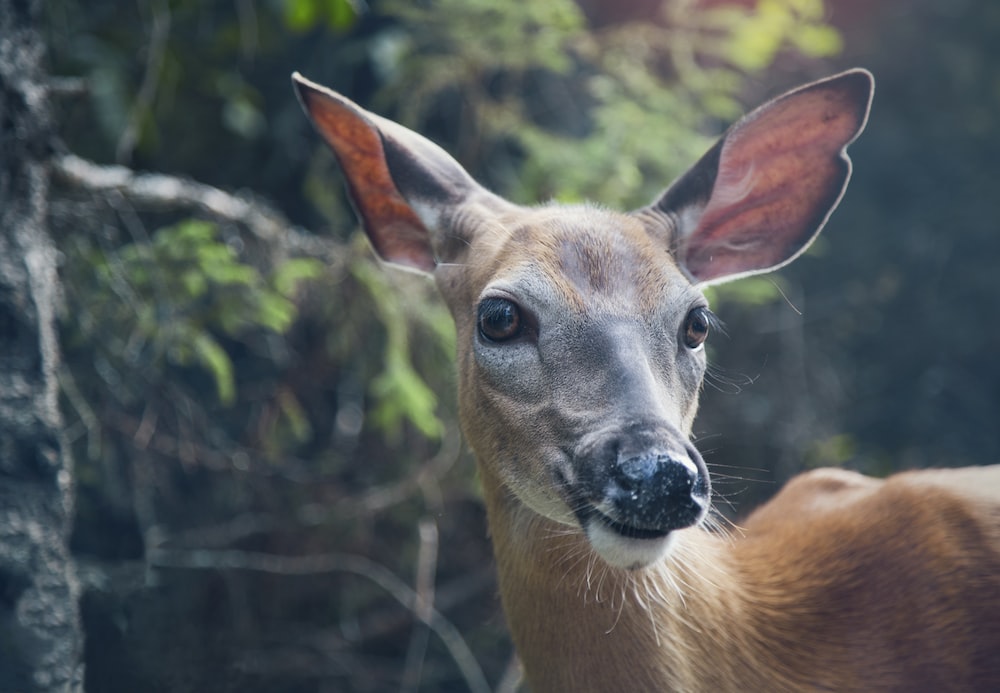
Late season whitetail hunting is an exciting and rewarding experience. The best time of day to hunt depends on a variety of factors, such as location, weather, and the deer’s daily habits. In general, the most successful times to hunt are at dawn and dusk when deer are most active. Hunting during the day can be productive too, as long as there is enough cover for the deer to feel safe. Always remember to obey hunting regulations and follow safety protocols.
Best Time of Day for Late Season Whitetail Hunting
Late season whitetail hunting can be a rewarding experience. The best time of day to hunt for whitetail deer during the late season is in the early morning or late evening, when the deer are most active. Make sure to take advantage of any cover available, such as trees or brush, to help conceal your movements. Additionally, bring along some binoculars to help you spot deer from a distance. Lastly, be sure to wear camouflage and stay downwind of where the deer are likely to be.
With the right preparation and timing, late season whitetail hunting can be a great success.
Good luck and happy hunting!
Factors that Affect Late Season Whitetail Hunting
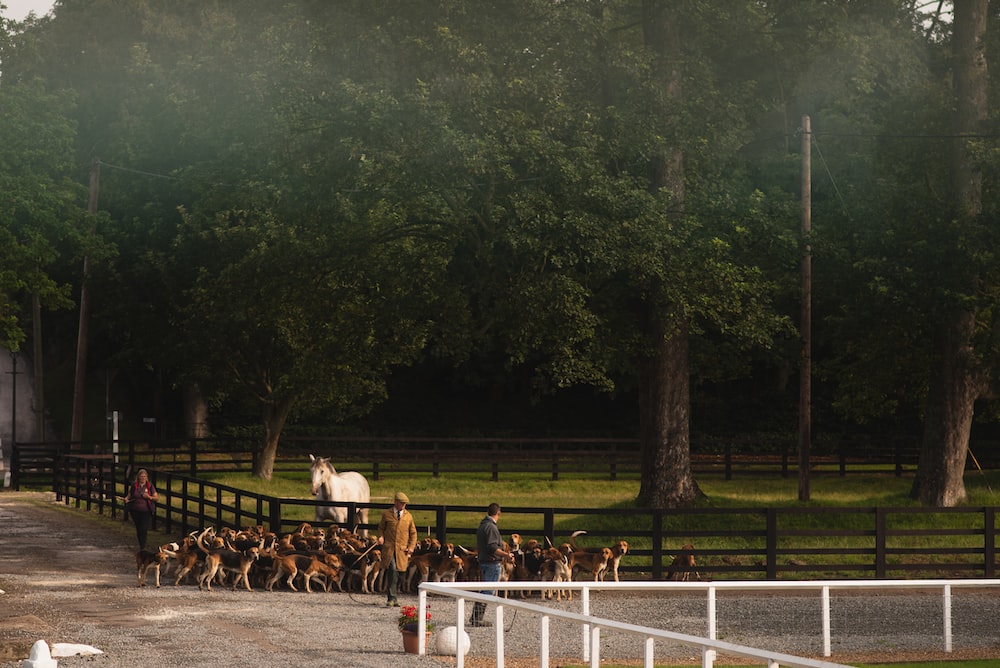 Late season whitetail hunting can be a challenge due to the changing weather and environmental conditions. One factor to consider is the availability of food sources. As temperatures drop, the amount of natural food accessible to deer decreases. This can affect the movement of deer, making them more difficult to locate during late season hunts. Another factor is the presence of other hunters in the area. Deer will often take refuge in areas with little to no hunting pressure. Finding such areas can be key to having a successful late season hunt. Finally, wind direction is a major factor when it comes to late season success. Deer have an acute sense of smell, so hunters need to be aware of how their scent will travel in the wind. Utilizing these tips can help you increase your chances of success on a late season hunt.
Late season whitetail hunting can be a challenge due to the changing weather and environmental conditions. One factor to consider is the availability of food sources. As temperatures drop, the amount of natural food accessible to deer decreases. This can affect the movement of deer, making them more difficult to locate during late season hunts. Another factor is the presence of other hunters in the area. Deer will often take refuge in areas with little to no hunting pressure. Finding such areas can be key to having a successful late season hunt. Finally, wind direction is a major factor when it comes to late season success. Deer have an acute sense of smell, so hunters need to be aware of how their scent will travel in the wind. Utilizing these tips can help you increase your chances of success on a late season hunt.
Late Season Whitetail Hunting Strategies
Late season whitetail hunting strategies can be a great way to increase your success rate. Utilizing scent control and camouflage, finding the right habitat and setting up stands in the proper locations are all important components of success. Scouting ahead of time and making sure you’re familiar with the area can help you find the right spot. Knowing the habits of the deer and having a plan for the wind direction are also important. As the season progresses, food sources become more important, so look for areas where deer are likely to feed. Late season hunting takes patience and skill, but with the right preparation and strategy, you can have a successful hunt.
Gear for Late Season Whitetail Hunting
 Late season whitetail hunting can be challenging, and having the right gear is essential. Look for items such as warm clothing, waterproof boots, a quality bow, and a reliable rifle. Be sure to choose scent-eliminating gear, and camo that blends in with your environment. Gather snacks and drinks to keep you energized and focused throughout the day. With the appropriate gear, you’ll be ready to hunt late season whitetail with confidence.
Late season whitetail hunting can be challenging, and having the right gear is essential. Look for items such as warm clothing, waterproof boots, a quality bow, and a reliable rifle. Be sure to choose scent-eliminating gear, and camo that blends in with your environment. Gather snacks and drinks to keep you energized and focused throughout the day. With the appropriate gear, you’ll be ready to hunt late season whitetail with confidence.
Scouting for Late Season Whitetail Hunting
Late season whitetail hunting is an exciting and rewarding experience. With careful scouting, you can find the perfect spot to hunt. Look for fresh tracks, rubs, and scrapes in areas with plenty of cover. Be sure to set up your stand or blind close to food sources like acorns and apples. The key is to be patient and wait for that trophy buck to show up. Good luck!
Late Season Whitetail Hunting Tactics
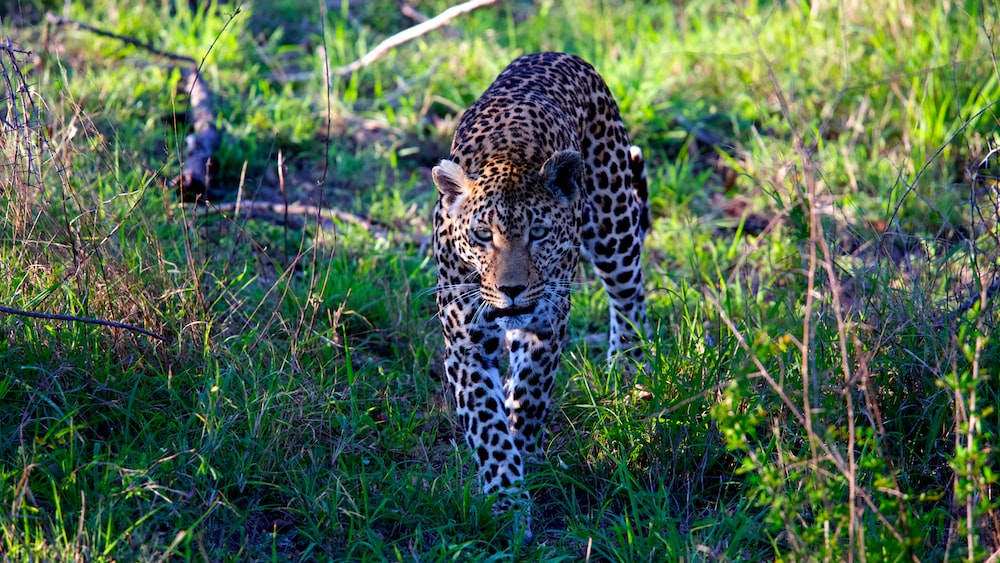 Late season whitetail hunting can be a great way to fill your freezer for the winter. With the changing weather and temperatures, it’s important to modify your tactics accordingly. This can include scouting locations for food sources, checking rub-lines, setting up stands and blinds in strategic locations, and more. With a little bit of planning and preparation, you can make the most out of your late season hunt.
Late season whitetail hunting can be a great way to fill your freezer for the winter. With the changing weather and temperatures, it’s important to modify your tactics accordingly. This can include scouting locations for food sources, checking rub-lines, setting up stands and blinds in strategic locations, and more. With a little bit of planning and preparation, you can make the most out of your late season hunt.
By finding the right areas and adapting to the conditions, you can capitalize on the late season and increase your chances of success.
Be sure to dress appropriately for the weather, use quality gear, and practice safe hunting methods at all times. Good luck!
Late Season Whitetail Calling Techniques
Late season whitetail calling techniques can be a great way to bring bucks in close for the perfect shot. The key is to use calls that are effective even when bucks have heard them all before. Using calls that mimic the sounds of other deer, like fawns and does, can help you bring in wary bucks looking for a mate. Start with soft calling, then gradually get louder and more aggressive as the buck gets closer. Experiment with different calls and techniques to find the one that works best for you.
Late Season Whitetail Hunting Tips
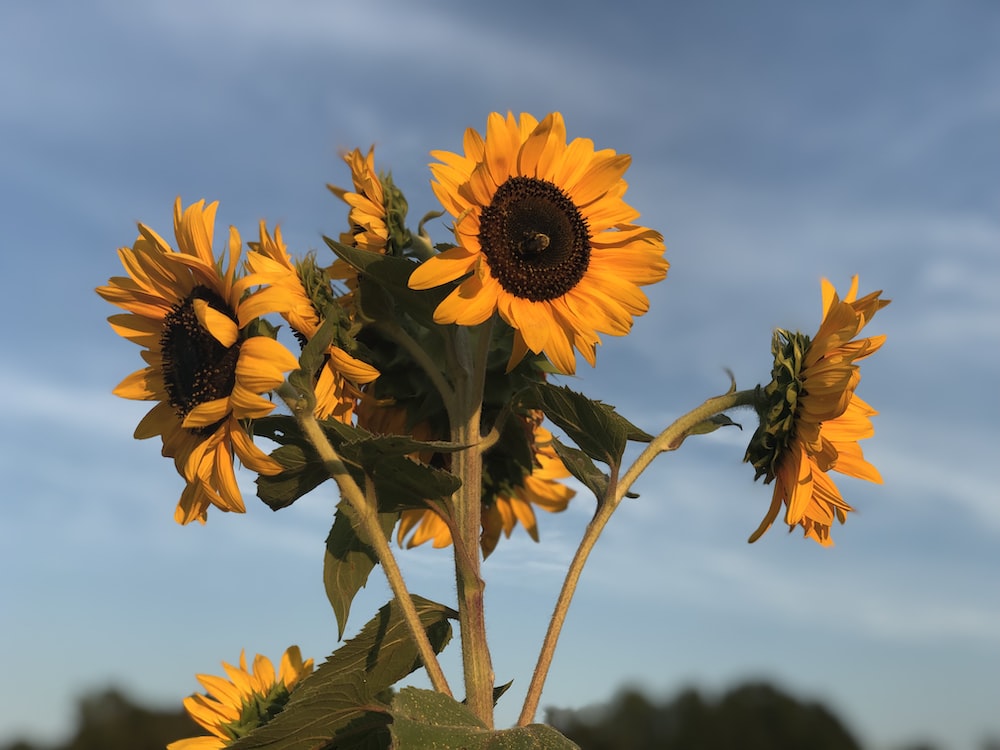 Late season whitetail hunting can be a great experience. To make the most of it, there are some key tips to keep in mind. Clothing should be warm and scent-free, and hunters should stay downwind of their target. Hunting spots should be chosen carefully and scouting should be done prior to hunting. Baiting and calls can also be effective. Lastly, patience is key, as deer may take some time to appear.
Late season whitetail hunting can be a great experience. To make the most of it, there are some key tips to keep in mind. Clothing should be warm and scent-free, and hunters should stay downwind of their target. Hunting spots should be chosen carefully and scouting should be done prior to hunting. Baiting and calls can also be effective. Lastly, patience is key, as deer may take some time to appear.
Hunting late season whitetail deer is an exciting challenge for any hunter. With the right preparation and knowledge, success can be achieved.
Stay warm, stay downwind, scout, bait and call, and have patience– these are all essential elements of late season whitetail hunting.
conclusion
Late season whitetail hunting can be a rewarding experience, with the best time typically being just before sunset. Scouting the area ahead of time and setting up a stand in an ideal location are key to success. It’s important to stay patient, remain quiet and alert, and use scent control techniques to ensure you have the best chance of bagging a trophy.
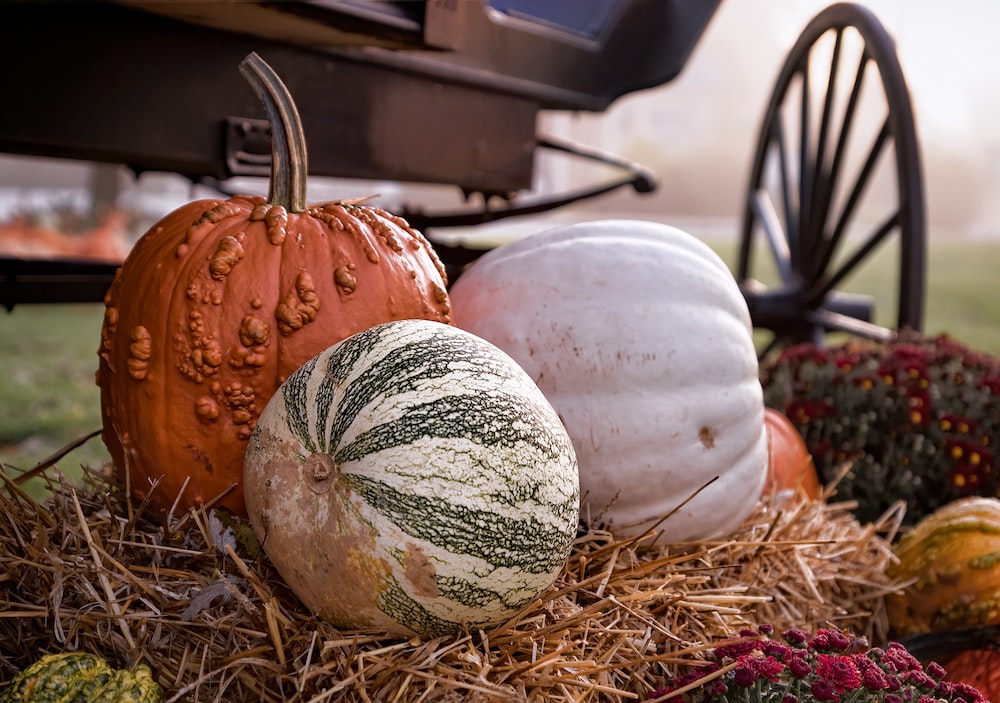
Some questions with answers
What is the best time of day to hunt late season whitetails?
Early morning and late evening are the best times of day to hunt late season whitetails.
What is the best weapon for hunting late season whitetails?
Rifles and bows are both effective weapons for hunting late season whitetails.
What should you wear when hunting late season whitetails?
Camouflage clothing is recommended when hunting late season whitetails.
What type of equipment should you bring when hunting late season whitetails?
Bring a rifle or bow, ammunition, and a variety of scents and attractants.
What type of terrain is best for hunting late season whitetails?
Late season whitetails usually inhabit wooded areas with thick cover.
How can you increase your chances of success when hunting late season whitetails?
Be patient and move slowly, use cover and camouflage, and stay downwind of your target.
What are some strategies for tracking late season whitetails?
Look for tracks, scat, rubs, and scrapes in known areas. Use calls and decoys to attract them.
What is the most effective bait for attracting late season whitetails?
Corn, acorns, apples, and other fruits are the most effective baits for attracting late season whitetails.
What types of calls are used when hunting late season whitetails?
Grunt, bleat, and rattle calls are commonly used when hunting late season whitetails.
How can you remain undetected when hunting late season whitetails?
Remain still and use natural cover to conceal yourself. Move slowly and keep downwind of your target.
